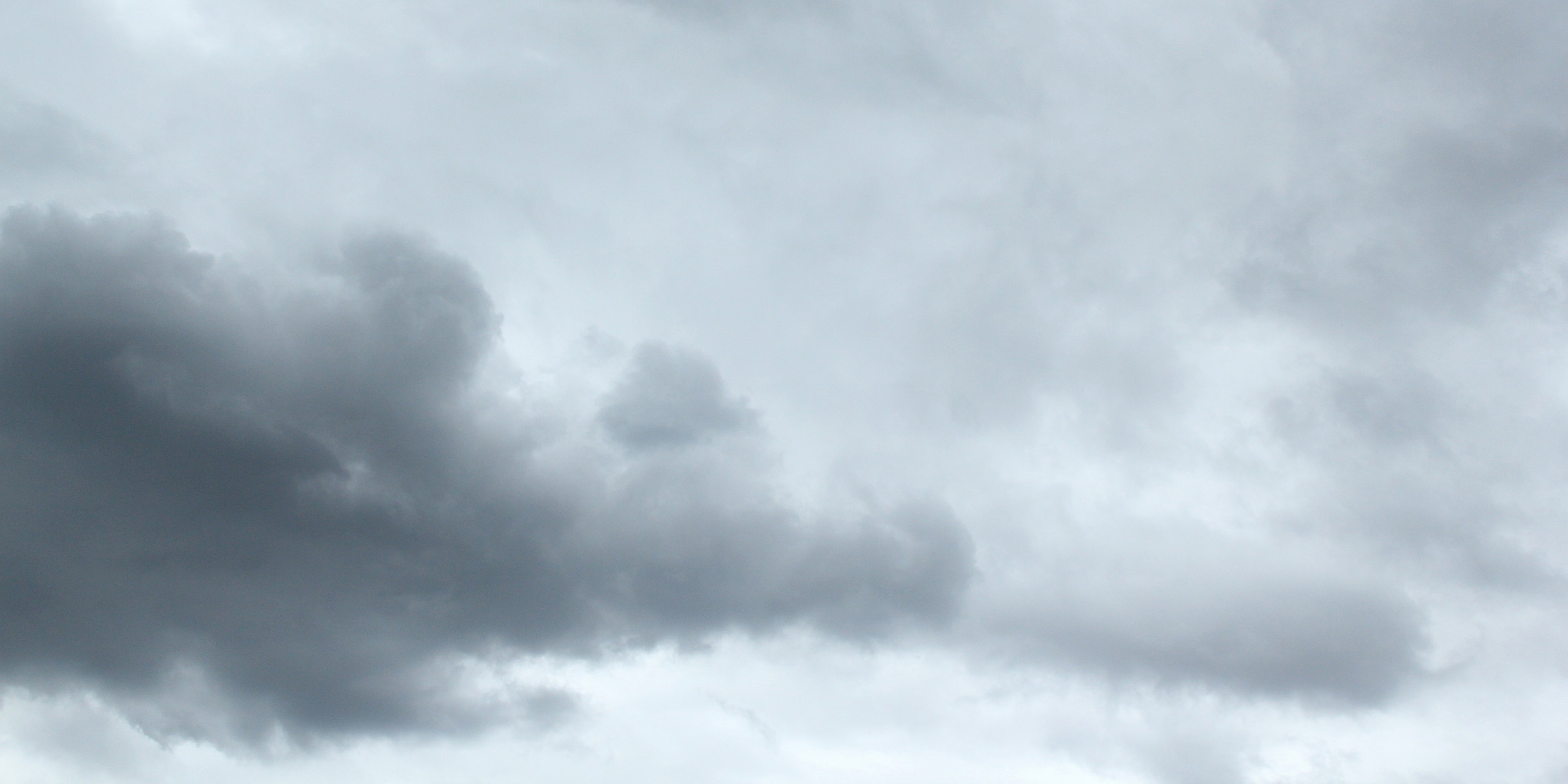Originally published 6 February 1989
This semester I am teaching a course in introductory astronomy. So far, of six nights scheduled for observation, five have been overcast. On the sixth we caught glimpses of Orion, the Pleiades, Jupiter, and Mars through breaks in the clouds. That’s about par for the course.
“If the stars should appear one night in a thousand years,” wrote Emerson, “how men would believe and adore, and preserve for many generations the remembrance of the city of God which had been shown. But every night come out these envoys of beauty, and light the universe with their admonishing smile.”
Emerson was a New Englander and should have known better than to say that the stars come out every night. The average cloud cover in New England this time of year is about 60 percent. Even in the least cloudy month, October, a New Englander has only about a 50 – 50 chance of seeing stars.
In and out of the clouds
Things could be worse. In Ireland, where I spend my summers, I am grateful for one starry night in ten. Or better. In certain parts of Arizona the sky is clear about 80 percent of the time, and on top of Mauna Kea volcano in Hawaii it’s about the same. Arizona and Mauna Kea are legitimately home for some of the biggest and best American observatories. Meanwhile, here in New England, we peek in and out of clouds. It is not the best place to do astronomy, but not the worst either.
The average cloud cover for the entire globe is about the same as for New England — 50 or 60 percent. But what if the number were 100 percent? How would the intellectual history of humans have been different on a cloud-covered planet? The question may not be altogether frivolous.
Clouds consist of tiny drops of water, so fine they float in billows. When rising air cools, water vapor in the air condenses into liquid drops. Each drop forms upon a solid nuclei — a particle of sea salt, wind-borne soil, volcanic dust, or smoke from forest fires. All of these things — rising air, water vapor, condensation nuclei — depend upon climate; that is, upon the overall balance of solar energy and its distribution by winds and ocean currents. The system of climate is immensely complicated and there are many forms of feedback. It may be that Earth’s average amount of cloud cover is self-regulating. It is also possible that a change in any of several variables might yield a more completely cloud-shrouded planet.
For the sake of argument, assume an Earth permanently wreathed in cloud. No one would see a starry night, or the changing phases of the moon, or the weaving dance of planets, or the geometrical beauty of a solar or lunar eclipse. These are the very things that excited the scientific instinct in the minds of our ancestors.
No part of the natural environment is so clearly marked by regular periodic phenomena as the heavens. Anthropologist Alexander Marshack has argued that certain regular markings on bone artifacts of Ice Age humans record the changing phases of the moon, and that these are the earliest examples of symbolic notation. Historians of science Giorgio de Santillana and Hertha von Dechend contend (in a book called Hamlet’s Mill) that all of the great myths of the world have their origin in the regular behavior of celestial bodies. Other commentators have stressed the connection between the heavens and the development of scientific thought.
Medicine and the stars
As Jacob Bronowski has pointed out, the stars might seem improbable objects to have aroused such curiosity. The human body is closer at hand and a more obvious candidate for systematic investigation. But astronomy advanced as a science before medicine, and early medicine turned to the stars for signs and omens. The reason is clear: The regular motions of the heavens lent themselves to mathematical description. Behind the apparent chaos of terrestrial experience, the stars proclaimed the rule of law.
To my mind, the greatest work of science in antiquity was Aristarchus’ measurement of the sizes and distances of the sun and moon, described in a book that can hold its own with the best science of today. It’s all there for the first time, every aspect of scientific method: abstraction, calculation, quantitative measurement — to which is added the flash of insight excited by the changing phases of the moon and the moon in eclipse. Aristarchus and his near contemporaries invented science. Science was the child of the uncloudy sky.
On a cloud-shrouded Earth the rise of the human species to civilization would almost certainly have been delayed. Delayed, but not forestalled forever. The survival value of science and technology is such that sooner or later the inhabitants of the white planet would have developed vehicles to lift themselves above the clouds. We can imagine their first view of the universe beyond the clouds — the beckoning stars, the Milky Way, the luminous orb of the sun, the changing moon, planets and comets, solar and lunar eclipses — rhythms unhidden, the music of the spheres revealed, the rule of mathematical law, so laboriously learned in the terrestrial environment, in the heavens made crystal clear.



